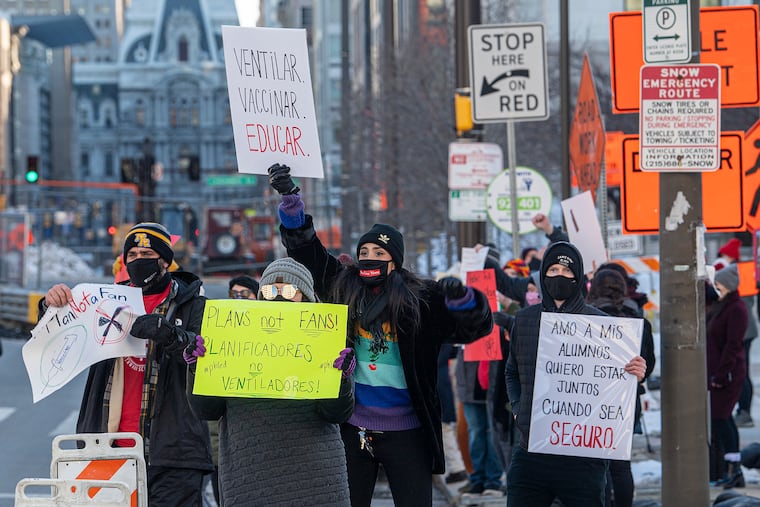How do we get kids back in schools? Stop teacher union bullying. | Opinion
Families and policymakers alike should tire of teacher unions’ attempts to maintain power when they are not delivering for our students.

Families and policymakers alike should tire of teacher unions’ attempts to maintain power when they are not delivering for our students.
